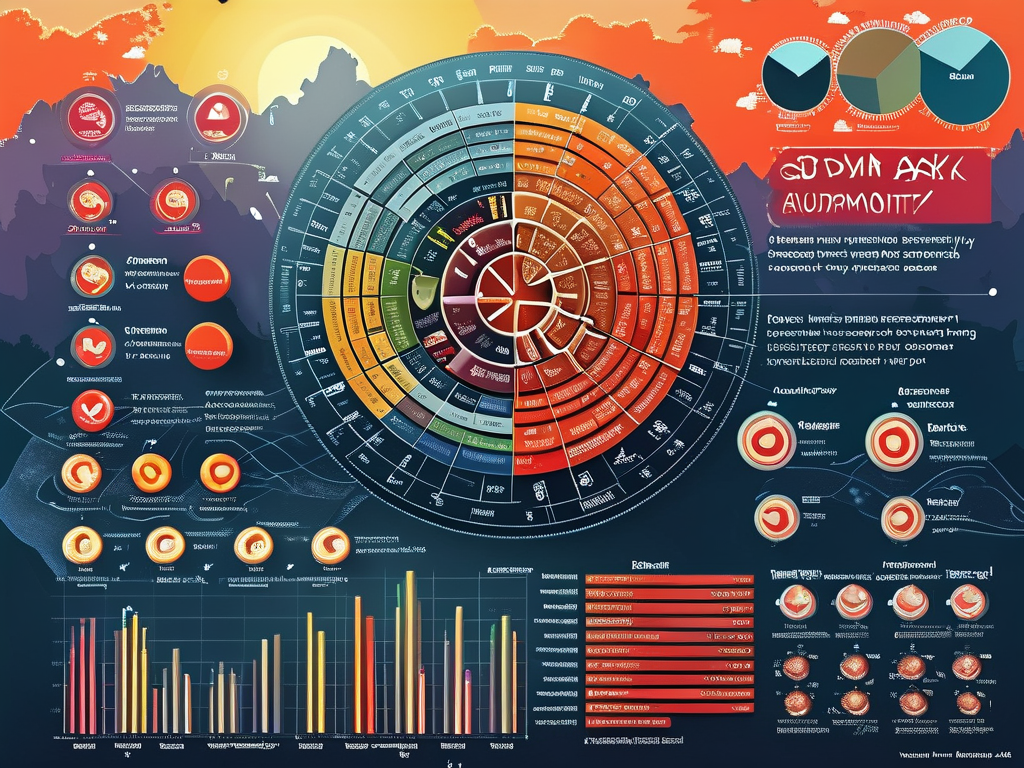In the era of big data and digital transformation, protecting sensitive information has become a critical priority for organizations worldwide. Data desensitization, also known as data anonymization or data masking, is a process that ensures confidential data remains usable for analysis or testing while minimizing privacy risks. This article explores common desensitization algorithms and methods, their applications, and best practices for implementation.

1. Data Masking (Static or Dynamic)
Data masking involves replacing sensitive information with fictitious but realistic values. This method preserves data format and structure, making it ideal for testing environments.
- Static masking: Permanently alters data before sharing (e.g., replacing real credit card numbers with dummy ones).
- Dynamic masking: Hides sensitive data in real time based on user roles (e.g., displaying only the last four digits of a Social Security Number).
Example: A healthcare provider might mask patient names and addresses in a non-production database.
2. Pseudonymization
Pseudonymization substitutes identifiable data with pseudonyms (artificial identifiers). Unlike masking, pseudonyms can be reversed using a secure key, enabling re-identification under controlled conditions.
- Widely used in GDPR compliance.
- Example: Replacing a user’s email with a random token like “user_7a3b9” while storing the mapping in a separate vault.
3. Generalization
This technique reduces data precision to make it less identifiable. For instance:
- Replacing exact birthdates with age ranges (e.g., “25–30 years”).
- Aggregating geographic data (e.g., replacing a street address with a city name).
Use case: Publishing demographic statistics without exposing individual details.
4. Encryption
Encryption converts data into unreadable ciphertext using algorithms like AES or RSA. While not strictly “desensitization,” encrypted data can be considered safe if decryption keys are securely managed.
- Suitable for data in transit or at rest.
- Drawback: Requires decryption for usability, which may introduce vulnerabilities.
5. Data Shuffling
This method rearranges data values within a dataset to break correlations. For example, shuffling employee salaries across records to prevent linking salaries to specific individuals.
- Maintains statistical accuracy but disrupts direct identifiers.
- Often used in machine learning training datasets.
6. Tokenization
Tokenization replaces sensitive data with non-sensitive tokens that have no exploitable meaning. Unlike encryption, tokens are not mathematically derived from the original data.
- Common in payment systems (e.g., replacing credit card numbers with tokens).
- Requires a secure token vault for mapping.
7. Nulling or Deletion
Nulling involves removing sensitive fields entirely (e.g., deleting phone numbers from a customer database). While simple, this approach reduces data utility and may not comply with analytics requirements.
8. Perturbation
Perturbation adds “noise” to numerical data to prevent exact identification. For example:
- Adjusting salary figures by ±5%.
- Rounding GPS coordinates to the nearest kilometer.
Challenge: Balancing privacy protection with data accuracy.
9. Synthetic Data Generation
Advanced algorithms like Generative Adversarial Networks (GANs) create artificial datasets that mimic real data patterns without containing actual sensitive information.
- Ideal for AI model training.
- Eliminates privacy risks but requires significant computational resources.
Best Practices for Effective Desensitization
- Classify Data Sensitivity: Identify which fields require protection (e.g., PII, financial data).
- Combine Multiple Techniques: Layered approaches (e.g., masking + shuffling) enhance security.
- Audit Regularly: Ensure desensitized data cannot be re-identified through inference attacks.
- Maintain Data Utility: Verify that processed data remains functional for its intended use.
- Compliance Alignment: Adhere to regulations like GDPR, HIPAA, or CCPA.
Challenges and Limitations
- Re-identification Risks: Poorly desensitized data can be reverse-engineered using external datasets.
- Performance Overhead: Techniques like encryption may slow down systems.
- Cost: Advanced methods like synthetic data generation require infrastructure investment.
Choosing the right desensitization algorithm depends on the data type, use case, and regulatory requirements. Organizations must adopt a strategic approach, combining technical methods with robust policies, to achieve both privacy and usability. As data breaches grow in scale and sophistication, mastering these techniques is no longer optional—it’s a necessity for sustainable operations in the digital age.









